Environmental laws at Costa Rica
Costa Rica is known for its strong commitment to environmental protection and sustainable development. The country has developed a comprehensive legal framework to safeguard its rich biodiversity, promote sustainable resource use, and address environmental challenges such as deforestation, pollution, and climate change. Below is an overview of the key environmental laws and regulations in Costa Rica:
1. Constitution of Costa Rica (1949)
The Constitution of Costa Rica establishes the country’s commitment to environmental protection and sustainable development. Article 50 of the Constitution recognizes the right of all citizens to a healthy and ecologically balanced environment.
The Constitution also empowers the state to take measures to safeguard natural resources and guarantee the protection of ecosystems and biodiversity for current and future generations.
2. Environmental Management Law (1995)
The Environmental Management Law (Law No. 7554), passed in 1995, is one of the central pieces of environmental legislation in Costa Rica. This law sets out the national framework for environmental management, focusing on the protection and conservation of natural resources, waste management, and pollution control.
The law established the Ministry of Environment and Energy (MINAE), which is responsible for formulating and enforcing environmental policies and regulations in the country.
It also outlines the procedures for conducting Environmental Impact Assessments (EIA) and the licensing process for projects that may affect the environment.
3. Law on Biological Diversity (1998)
Law No. 7788, known as the Biodiversity Law, was enacted to comply with international agreements such as the Convention on Biological Diversity (CBD). This law aims to preserve Costa Rica’s extensive biodiversity, which is considered one of the richest in the world.
The law establishes regulations for the conservation and sustainable use of biological resources, as well as the protection of endangered species and their habitats. It also emphasizes the importance of genetic resources and the fair and equitable distribution of benefits derived from the use of these resources.
Costa Rica has created a system of protected areas, which include national parks, wildlife refuges, and biological reserves, to safeguard its biodiversity.
4. Law on Forests (1996)
The Forest Law (Law No. 7575) governs the conservation and sustainable management of forests in Costa Rica. The law provides for the protection of forest ecosystems, the promotion of sustainable forestry practices, and the restoration of degraded lands.
One of the key elements of this law is the Payment for Environmental Services (PES) program, which incentivizes landowners to protect forests and engage in reforestation efforts. Under the PES program, landowners receive financial compensation for maintaining forest cover, thus helping to reduce deforestation rates and promote sustainable land use practices.
The law also establishes national forestry policies, regulates logging activities, and outlines the procedures for the reforestation of degraded lands.
5. Water Resources Law (1942)
Costa Rica’s Water Resources Law (Law No. 276) governs the management and conservation of the country’s water resources. The law recognizes water as a public good and establishes the state’s role in managing, conserving, and distributing water resources.
It regulates the use of water for agricultural, industrial, and domestic purposes, and ensures the preservation of water quality through standards and controls on wastewater discharges and pollution.
The law also covers the protection of watersheds, particularly those related to drinking water sources, and the establishment of water quality monitoring systems.
6. General Law on the Environment (1995)
The General Law on the Environment (Law No. 7554) sets out the principles and objectives of environmental protection in Costa Rica. It emphasizes the sustainable use of natural resources, the reduction of pollution, and the conservation of ecosystems.
This law provides the legal basis for the Environmental Impact Assessment (EIA) process, which is required for certain projects that may have significant environmental impacts. The EIA process helps to ensure that development projects take environmental considerations into account before approval.
It also establishes regulations related to pollution control, waste management, and the protection of water, air, and soil quality.
7. Waste Management Law (2011)
The Waste Management Law (Law No. 8839) regulates the management and disposal of solid waste in Costa Rica. The law emphasizes the need for recycling, waste reduction, and sustainable waste management practices.
It establishes a waste hierarchy, prioritizing waste prevention, reuse, and recycling over disposal in landfills. The law also requires local governments and businesses to implement programs for waste separation and recycling.
Additionally, the law regulates the management of hazardous waste, including medical and industrial waste, ensuring that these materials are handled in an environmentally safe manner.
8. National Climate Change Strategy (2015)
Costa Rica’s National Climate Change Strategy provides a framework for addressing the country’s vulnerability to climate change and promoting mitigation and adaptation measures. The strategy is aligned with international agreements, such as the Paris Agreement, and sets goals for reducing greenhouse gas emissions and enhancing resilience to climate impacts.
The strategy includes measures for the decarbonization of the economy, with a focus on transitioning to renewable energy, improving energy efficiency, and promoting sustainable agriculture.
Costa Rica has set an ambitious target of becoming carbon neutral by 2050, aiming to reduce emissions and increase the use of renewable energy sources.
9. Protected Areas and Biodiversity Conservation Laws
Costa Rica has one of the most advanced systems of protected areas in the world, with over 25% of its land area designated as national parks, biological reserves, and wildlife refuges.
The Protected Areas Law (Law No. 7586) regulates the creation and management of these areas to conserve the country’s biodiversity. The law also establishes the role of the National System of Conservation Areas (SINAC) in overseeing the management of protected areas.
The country is also a signatory to various international treaties aimed at biodiversity conservation, including the Convention on International Trade in Endangered Species (CITES) and the Convention on Biological Diversity (CBD).
10. Fisheries Law (2006)
The Fisheries Law (Law No. 8436) regulates the use of marine and freshwater resources in Costa Rica. The law aims to promote sustainable fishing practices, protect marine biodiversity, and ensure the long-term health of fish stocks.
It includes provisions for fishing quotas, the establishment of marine protected areas, and regulations on illegal, unreported, and unregulated (IUU) fishing.
The law also requires environmental monitoring of fishing activities and emphasizes the conservation of important marine species, such as sea turtles and sharks.
11. Public Participation and Access to Justice
Costa Rica’s environmental laws emphasize the importance of public participation in environmental decision-making. This is in line with the Aarhus Convention, to which Costa Rica is a signatory.
Citizens have the right to access environmental information, participate in public consultations regarding environmental matters, and seek legal recourse in cases of environmental harm or non-compliance with environmental regulations.
The country has several organizations, such as the Ombudsman’s Office, that help ensure public participation and transparency in environmental governance.
12. Environmental Enforcement and Oversight
The Ministry of Environment and Energy (MINAE), through its various agencies, is responsible for overseeing the enforcement of environmental laws in Costa Rica.
The National Environmental Technical Secretariat (SETENA) is the agency responsible for conducting Environmental Impact Assessments (EIA) and ensuring compliance with environmental regulations.
The Environmental Prosecutor's Office (Fiscalía Ambiental) is responsible for investigating and prosecuting environmental crimes and violations of environmental laws.
Conclusion
Costa Rica is a leader in environmental protection and sustainability, with a robust legal framework that supports the conservation of its rich natural resources. The country has enacted progressive laws on biodiversity conservation, forest protection, water management, waste reduction, and climate change mitigation. Costa Rica's commitment to environmental protection is reflected in its ambitious goals, such as achieving carbon neutrality by 2050. The legal framework also emphasizes public participation, sustainable development, and the protection of ecosystems, making Costa Rica a global model for environmental governance and conservation.










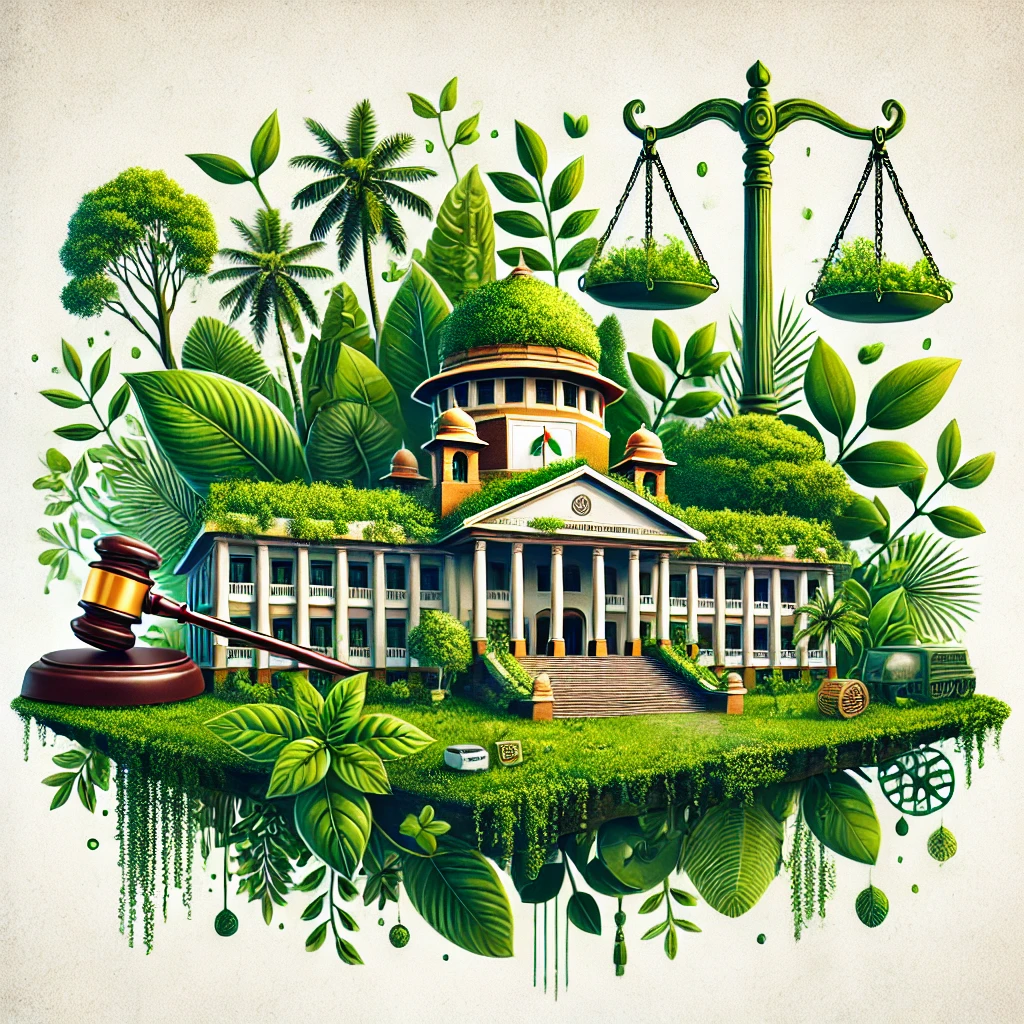


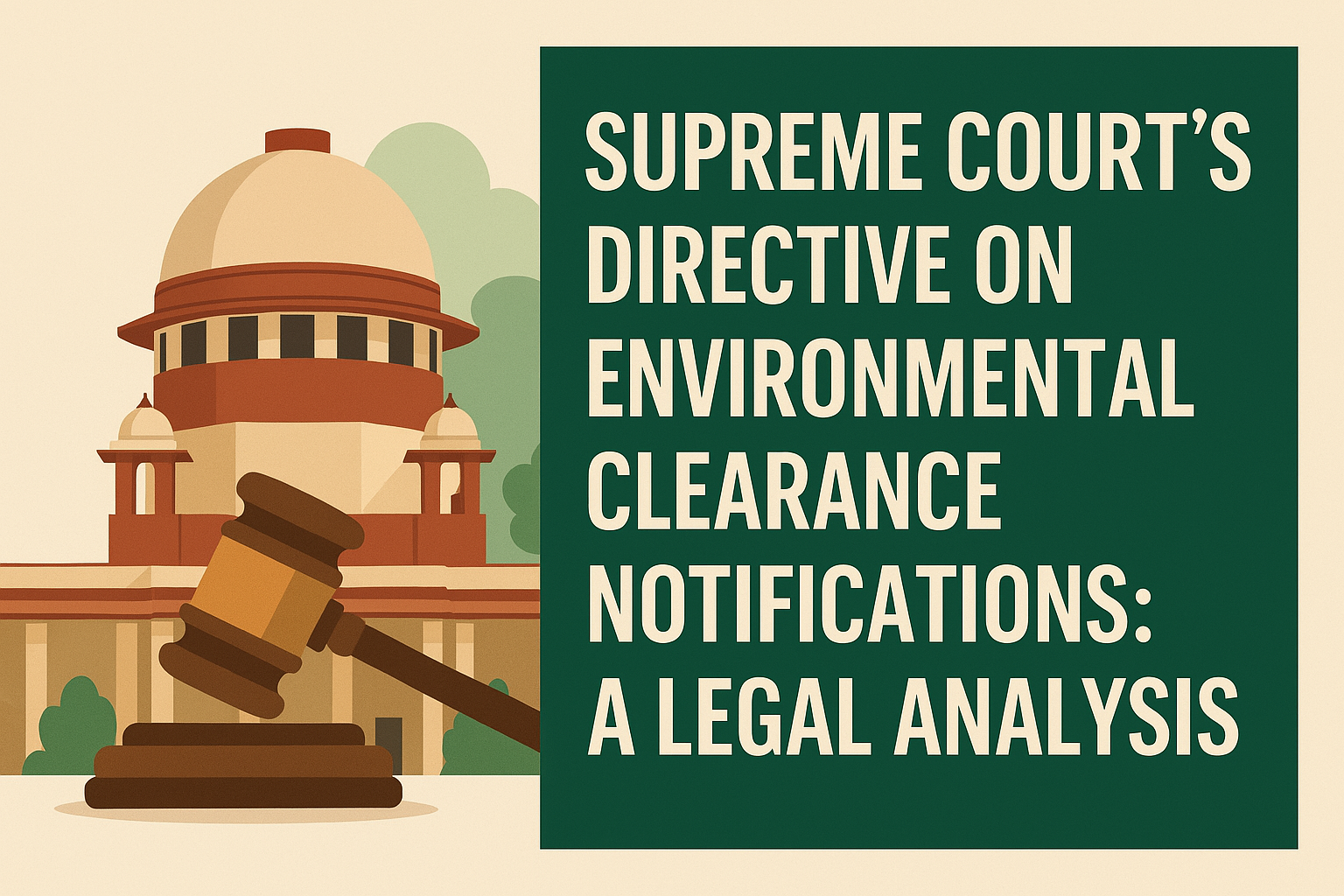
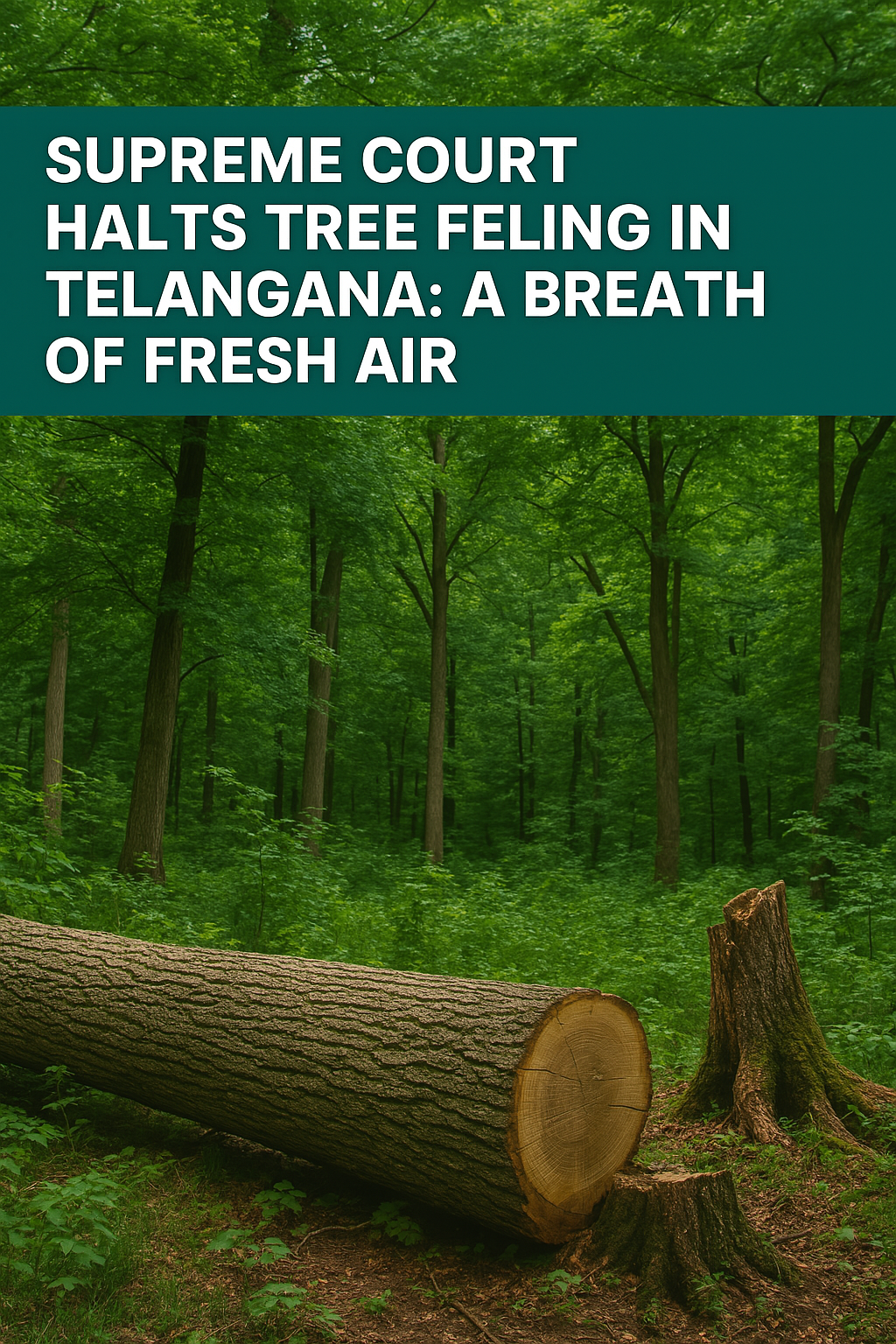

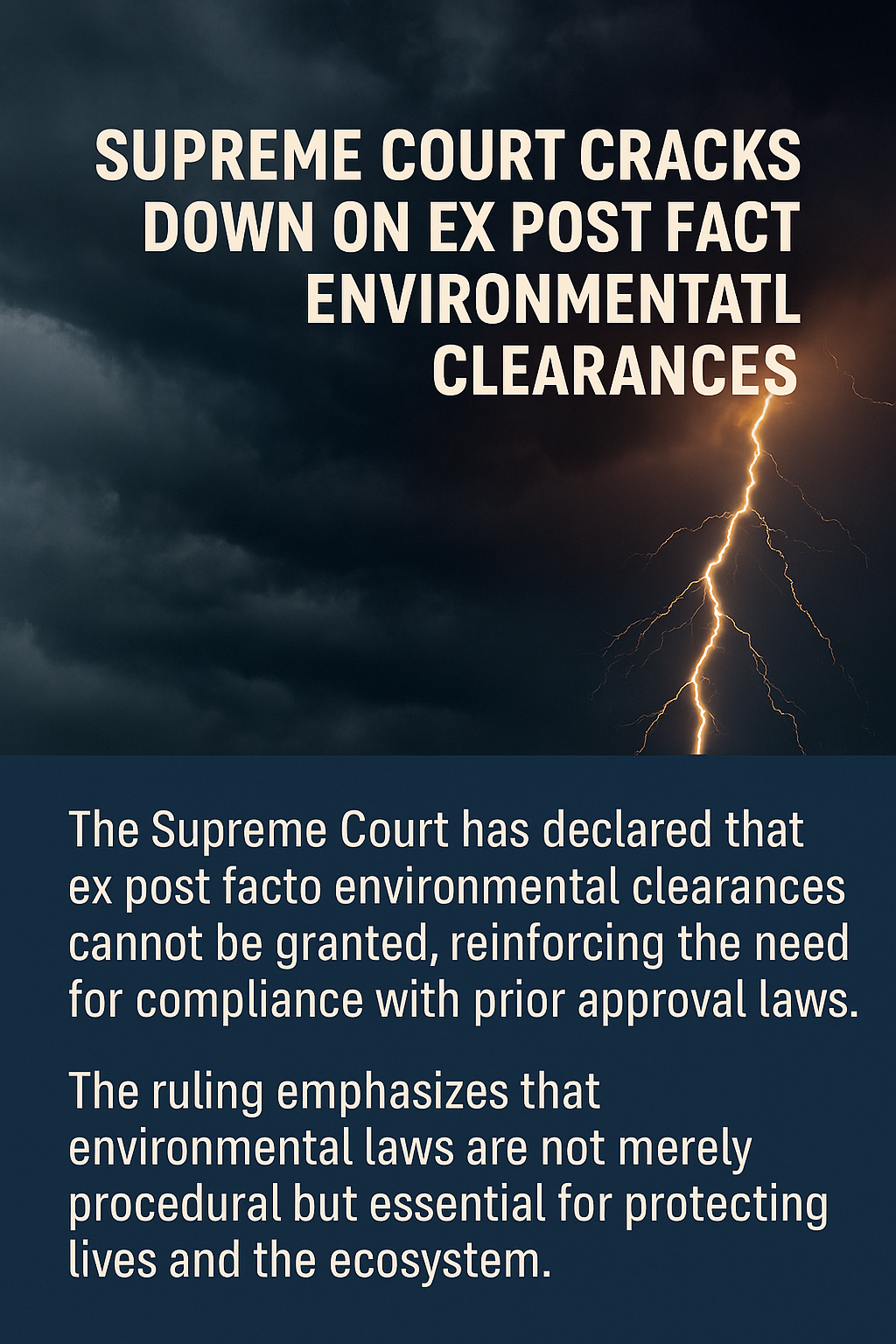
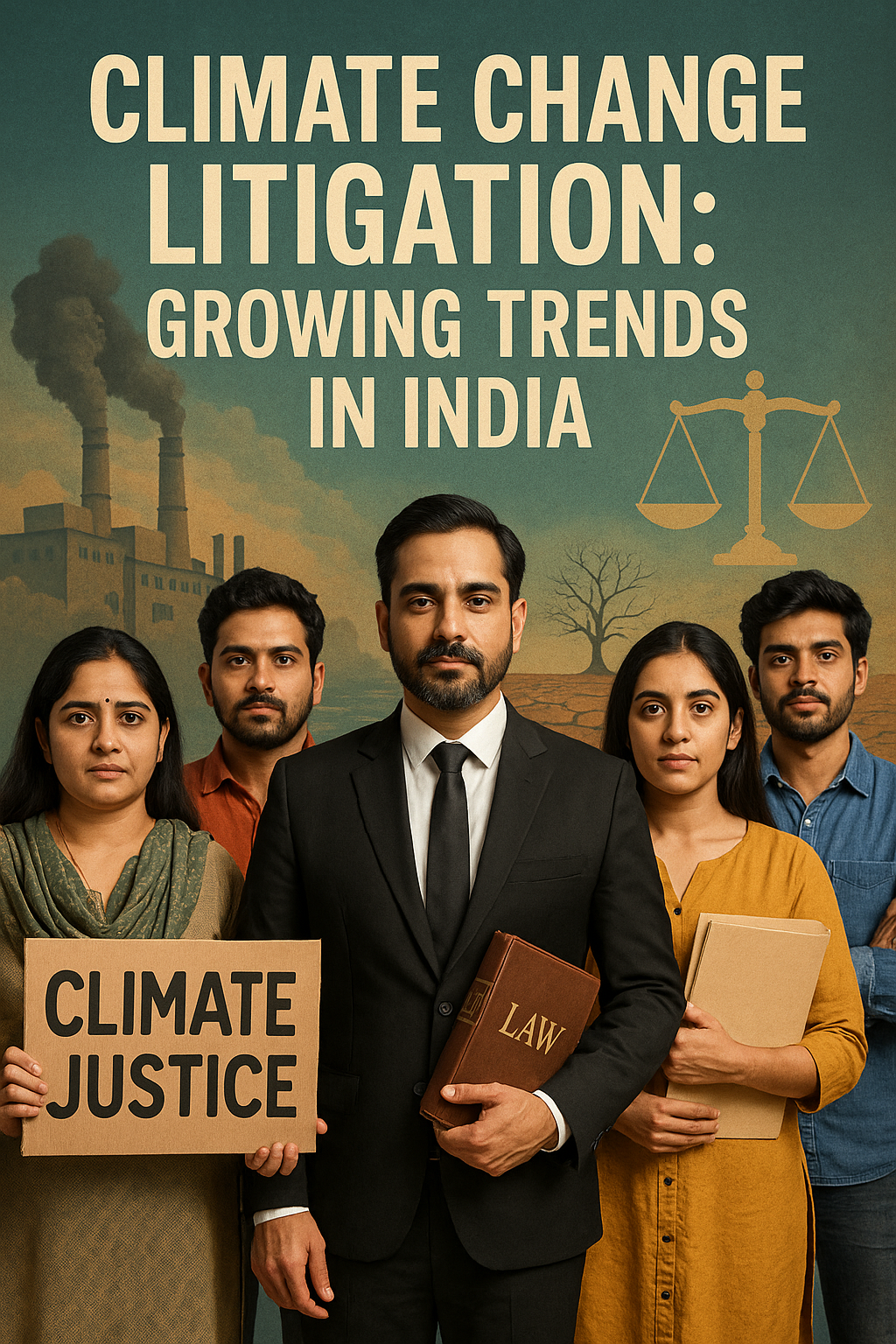
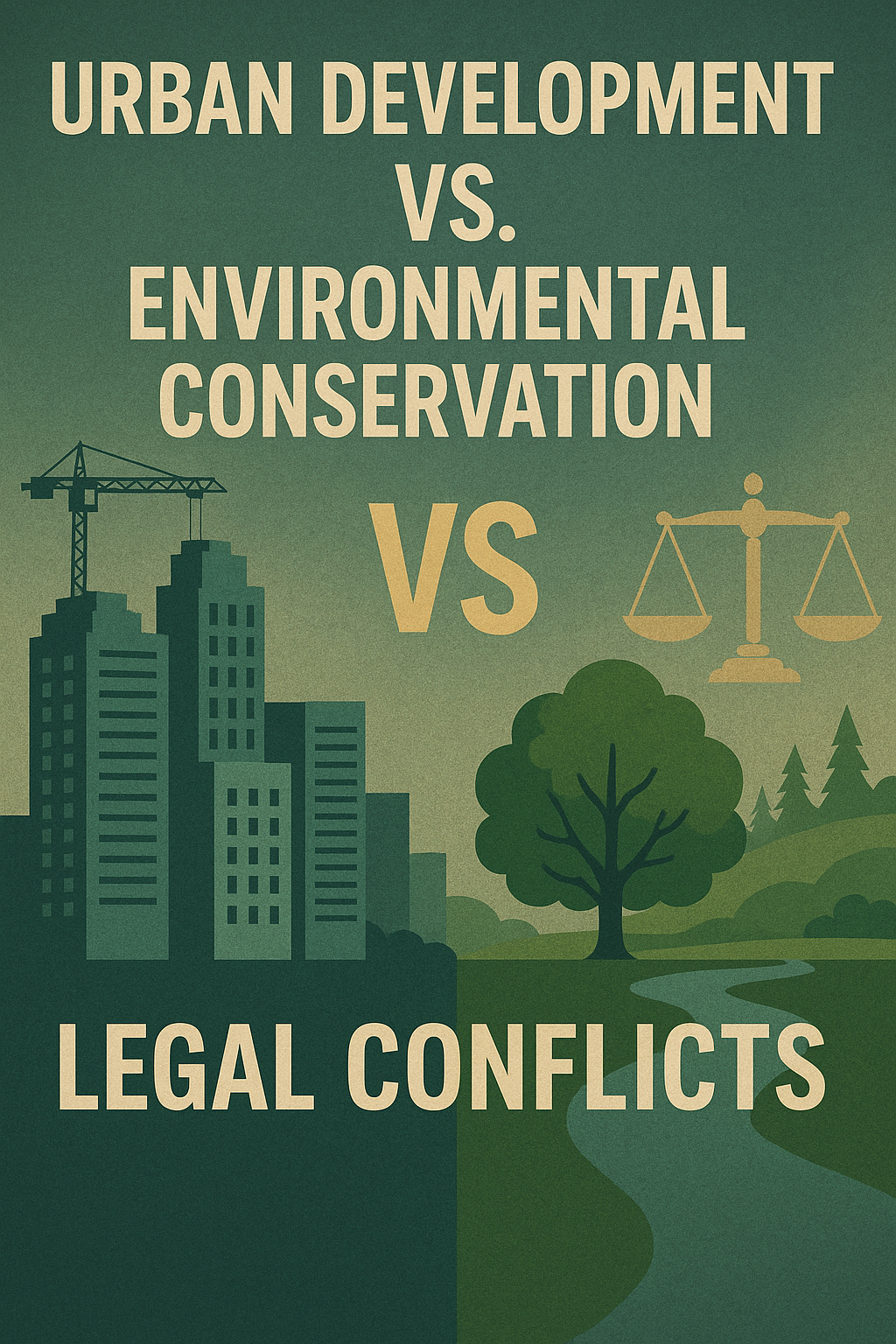

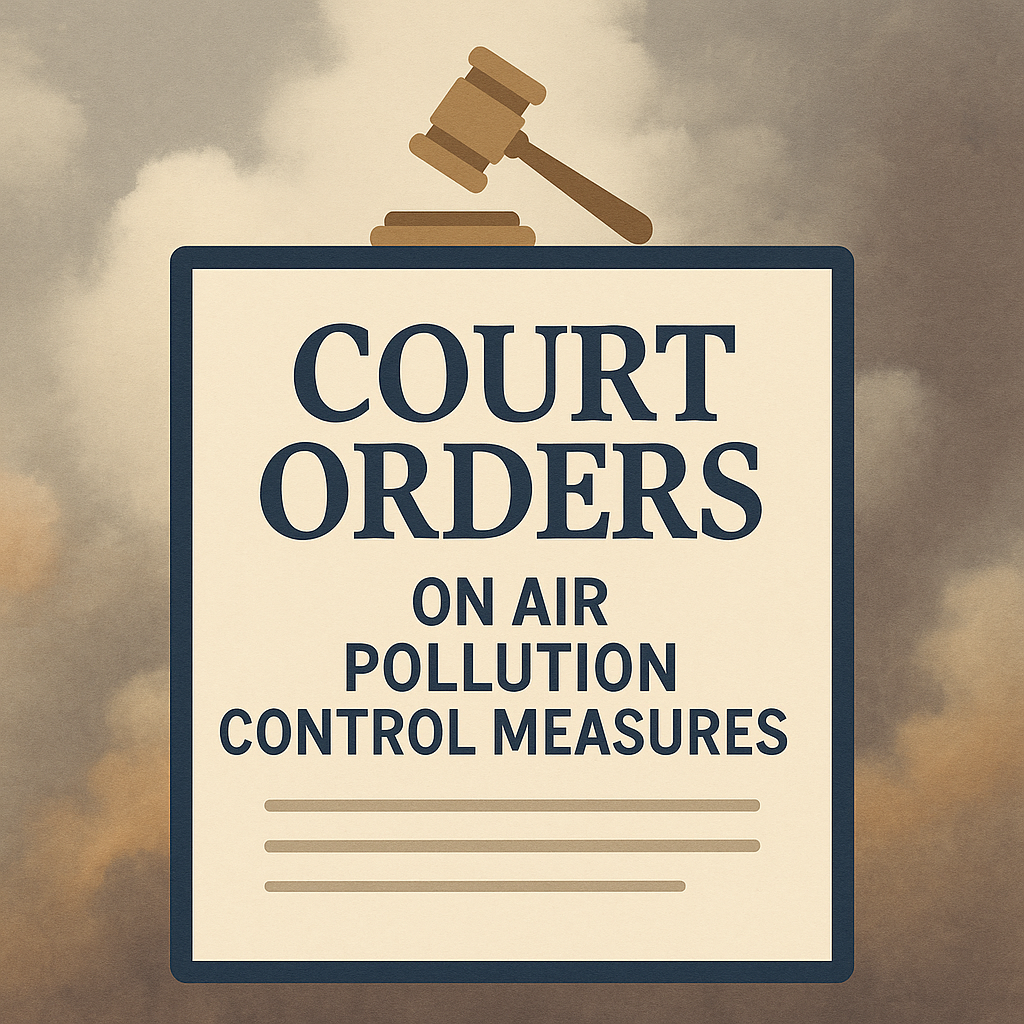






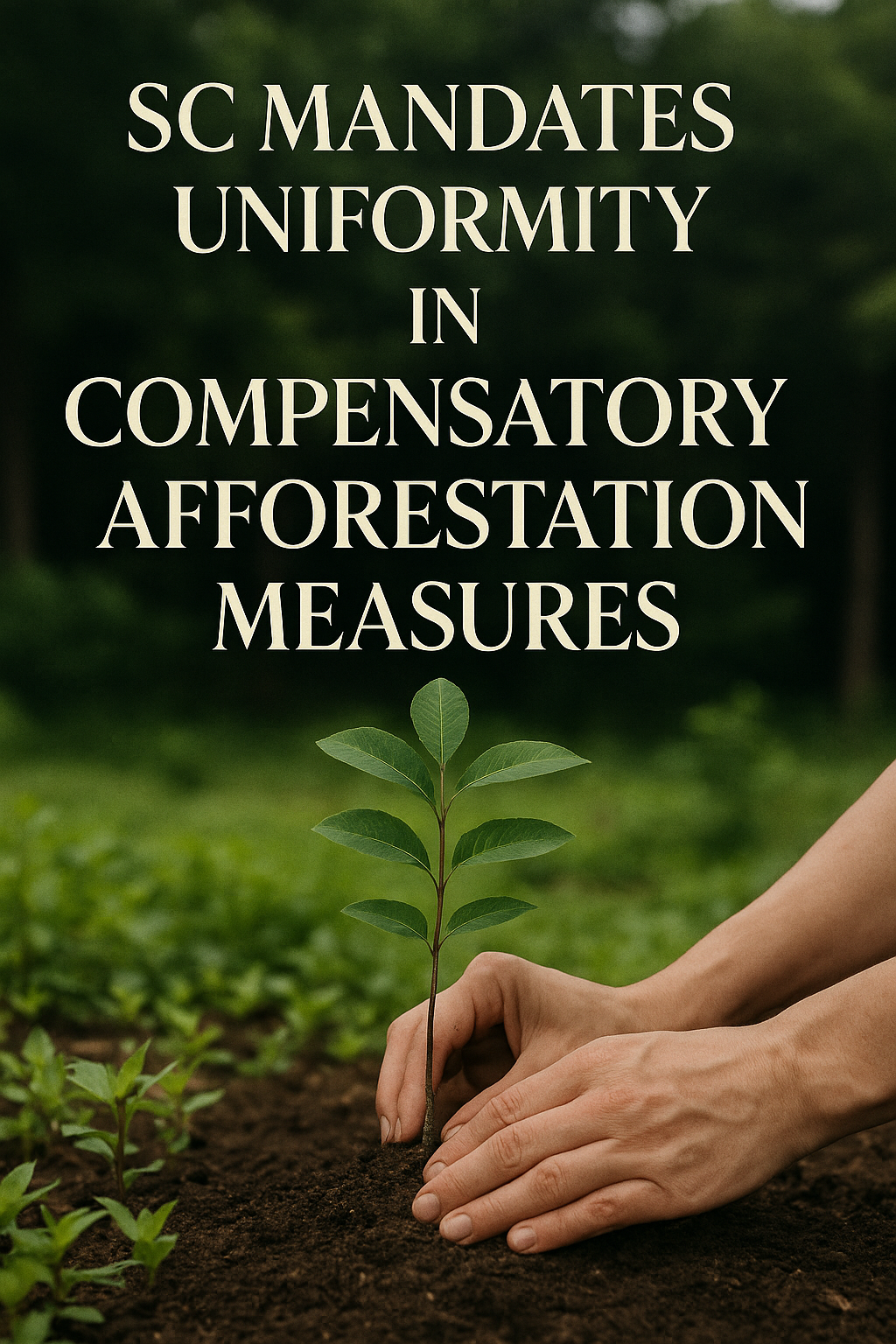
0 comments